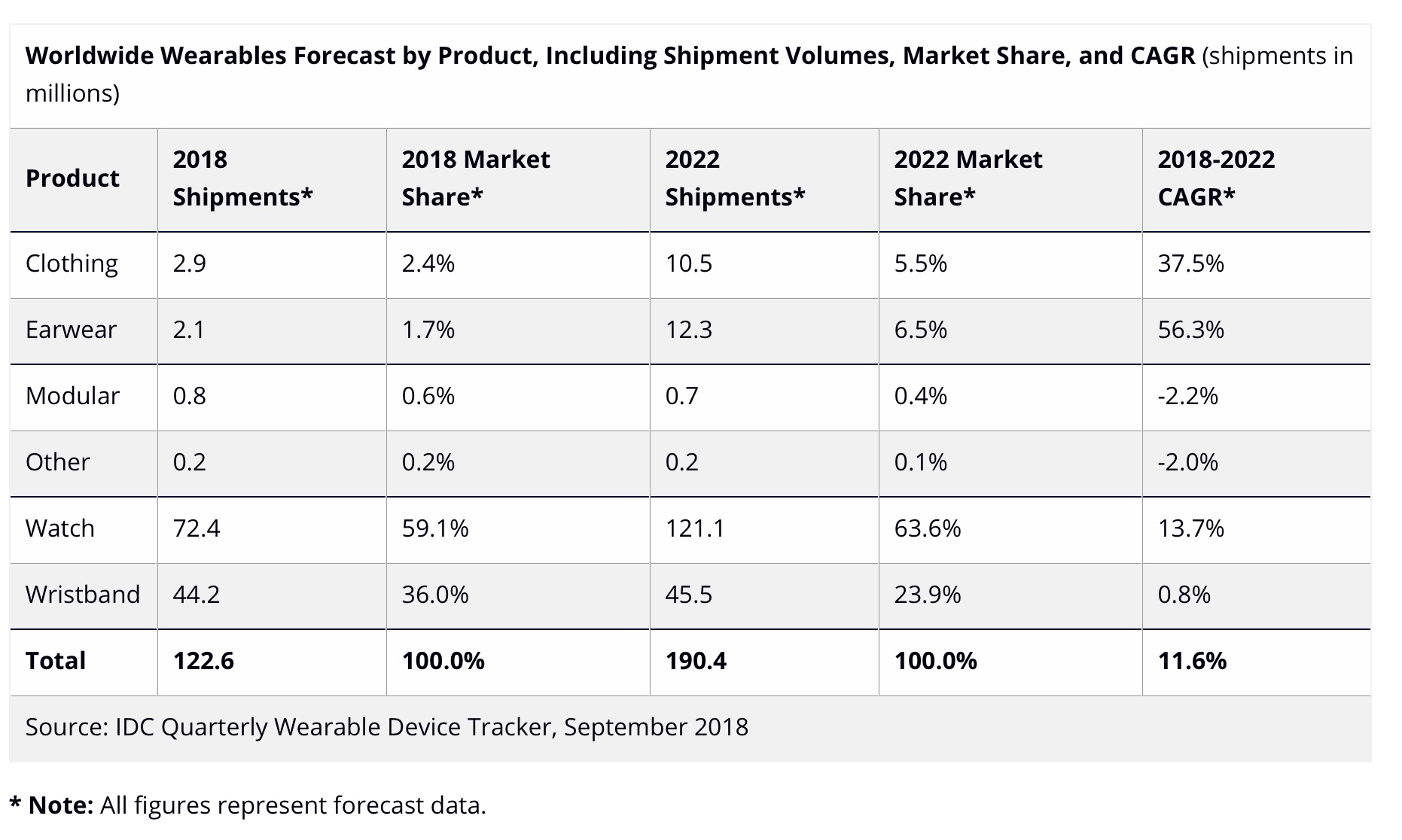By Neil Hughes of Completed.com
When searching for a dream job role, many will look at the vision of a CEO or the company culture to determine if they are the right fit for an organization. Sure, personal growth, opportunities and pay scales will also play a big part in their final decision too. But what happens when things go wrong?
There is a common belief that people quit their jobs because of pay or lack of it. But a Gallup poll of over one million U.S. Workers revealed that an incredible 75% of employees leave their bosses, rather than the company. However, it’s the CEO and the organization itself that often pays the biggest price for poor managers who refuse to take responsibility when things don’t go to plan.
In a digital age where the days of having a job for life have been confined to the history books, most people reading this will have had multiple positions throughout their career. Currently, the successes, failures and personal growth from all of the jobs they’ve had along the way is not recorded or reported.
What about the number of times that an employee moved roles for an opportunity rather than just to get away from their manager? Again, there is no accurate record of their career available. In many cases, there is just a carefully curated PDF or Word document of buzzwords and achievements.
Traditionally when exploring the success or failure of any business, we focus on the company and the CEO. But the reality is that both actually have a minimal impact on our experiences as an employee or customer. A high turnover of staff or leaking of talent from an organization is often more of a managerial issue. But, what are the underlying issues? And how can we bring positive changes across the employment landscape?
We are living in an age where news of any digital hack, data breach or company scandal can be amplified in seconds across the world through social media. However, when an organization’s reputation is dragged through the mud, the individual responsible often hides behind the company name and CEO.
It’s not about inviting a blame culture to your organization. There merely needs to be a much higher level of accountability. Instead of announcing to the world that you work well under pressure, Completed.com allows your colleagues to review your attitude and actions when things do not go your way.
A LinkedIn profile or resume does not provide employers with how you retain and apply knowledge in the workplace. By contrast, Completed.com also enables future employees to see how you have grown and tackled further instances in the future when armed with the gift of experience.
Completed believe that improvement is much more of an ongoing process than just a one-time deal. These are just a few reasons why the platform actively encourages users to leave updated reviews of users if they have shown significant improvement after taking comments on board.
Advances in technology have now made it possible for everyone to collaborate with members of the global community seamlessly. Our colleagues and bosses could be located in another country or even continent. The times have changed, and we need more than a sheet of A4 to know what a person is really like.
Currently, any negative encounter with an organization as an employee or customer is often blamed on the CEO rather than the individuals concerned. The reality is that those building the culture and values within an organization are often people in mid-level management that have enjoyed the luxury of being almost untouchable.
Many fluffy HR departments have also been guilty of investing too much time and money on perks or incentives that don’t work. Multicolored beanbags, free lunches, and table tennis are not enough to retain an employee. When they fail to get the support, growth, and development they have repeatedly asked for, they will seek it elsewhere. It’s that simple.
Glassdoor set the stage when they enabled employees to rate their CEO and tackle the workplace transparency issue. But, if 75% of employees really are leaving their bosses, rather than their company, maybe the people making decisions below the CEO are made accountable too.
Completed.com created a meritocratic rating platform for management and has its sights set on becoming the solution to these problems. By opening up the review landscape beyond just the CEO, Completed is providing managers to shine and adopt a continuous improvement mindset rather than hiding behind their CEO or umbrella of an organization.





